Gurav AN. The implication of periodontitis in vascular endothelial dysfunction. Eur J Clin Invest. 2014;44(10):1000–9. https://doi.org/10.1111/eci.12322.
Google Scholar
Leira Y,…
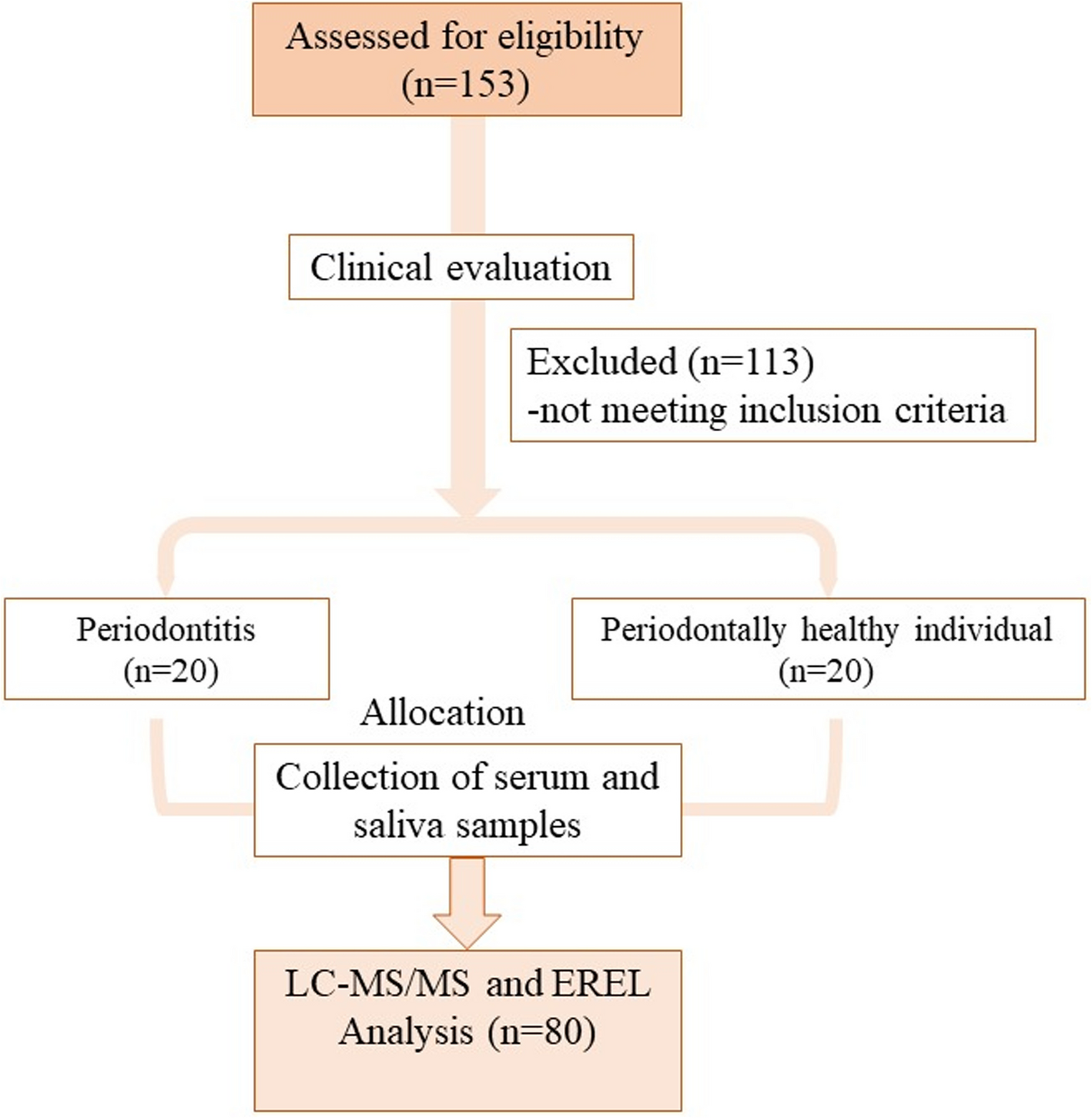
Gurav AN. The implication of periodontitis in vascular endothelial dysfunction. Eur J Clin Invest. 2014;44(10):1000–9. https://doi.org/10.1111/eci.12322.
Google Scholar
Leira Y,…
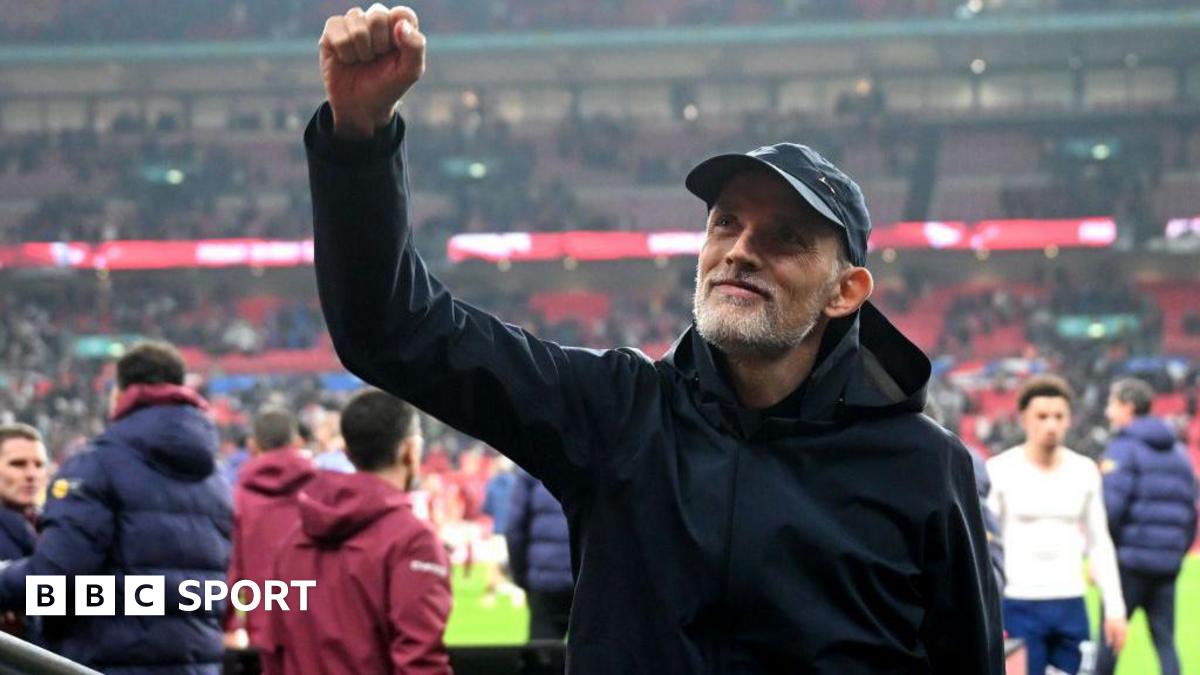
England have cruised through World Cup qualifying, winning all seven of their games and scoring 20 unanswered goals, setting several records and leaving them on the cusp of another.
If Thomas Tuchel’s team beat Albania in Sunday’s final qualifier…
Sea urchins are a key but often destructive part of the kelp forest ecosystem along the Pacific Coast, and in boom years can often turn these forests into barrens devoid of marine life. But it remains a mystery what causes urchin boom…

Islamabad: Pakistan on Friday said that security agencies have arrested four militants belonging to the banned Tehreek-i-Taliban Pakistan (TTP) for their involvement in a suicide attack outside a court in Islamabad.

The cyber-attack that closed Jaguar Land Rover factories has pushed the company from profit into a quarterly loss of almost £500m, the carmaker has revealed.
JLR made pre-tax losses of £485m in the three months to 30 September, with production shut down throughout September due to the hack – a brutal turnaround from the £398m profit it recorded in the same period a year earlier, and ending 11 consecutive quarters of profit.
With factories only now returning to full output after a phased restart in October, the total financial impact of the hack on JLR is yet to be quantified.
The hack has been estimated to have cost the wider UK economy up to £1.9bn, and was blamed by the government for dragging down the quarterly GDP growth figures, announced earlier on Friday, to 0.1%.
JLR reported £196m of exceptional direct costs in addressing the hack, including hiring in global IT expertise as it restarted its systems.
The manufacturer confirmed that car production had returned to normal levels, with all plants “at or approaching capacity”, after it closed its plants in the UK and elsewhere immediately after the hack.
The carmaker said that the impact of Trump’s tariffs, which led briefly to a pause in exports to the US and are now set at 10% under the UK-US trade deal, had contributed to the unprecedented losses.
The winding down of the manufacture of older Jaguar models was another factor, JLR said. More than 150 prototypes of its new electric Jaguar had been completed, it added, with testing continuing.
The outgoing JLR chief executive, Adrian Mardell, said: “JLR has made strong progress in recovering its operations safely and at pace after the cyber incident. In our response we prioritised client, retailer and supplier systems and I am pleased to confirm that production of all our luxury brands has resumed.
“The speed of recovery is testament to the resilience and hard work of our colleagues. I am extremely grateful to all our people who have shown enormous commitment during this difficult time.”
Mardell, who will hand over to ex-Tata Motors chief financial officer, PB Balaji, said JLR was poised to deliver the outcome of “an extraordinary period of British design and engineering”, with the arrival of the new electric Range Rover and Jaguar models, whose launch has been delayed until at least 2026.
The JLR chief financial officer, Richard Molyneux, declined to confirm a launch date, adding: “We will launch it when it is perfectly right.”
He said the investigation into the cyber incident was still live, and the company was continuing to work closely with law enforcement agencies.
JLR had been able to process some sales and registrations manually in September, which is normally the car industry’s busiest month. Molyneux declined to put a single figure on the financial impact of the hack, adding: “Some of the volume we will get back, some we will not.”
after newsletter promotion
But he said the company had “used the downtime wisely”, including accelerating development and testing work for electrification.
The wider supply chain was also severely affected. The business secretary, Peter Kyle, on Thursday rejected criticisms from some in the car industry that the government had not provided help to companies in JLR’s supply chain.
The government offered JLR a guarantee on a loan facility worth up to £1.5bn. However, the Guardian revealed that JLR has not drawn down any of the money.
Molyneux said JLR had so far drawn down £500m from a separate £2bn bank facility it had earlier agreed.
Kyle said the guarantee “gave the space for JLR to focus on resumption and not constantly just panic about money”, but added that it should be responsible for helping its suppliers. He added that “any company in the supply chain that is in extreme distress and is not being supported by JLR should contact my department”.
JLR has paid upfront for parts from 56 suppliers in an effort to prevent a cash crunch.
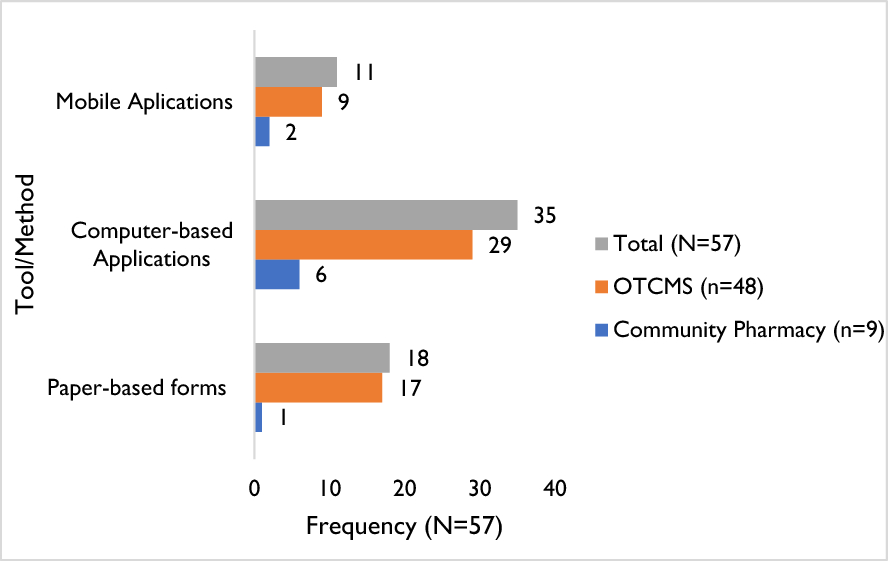
Table 1 provides demographic information about the quantitative study participants. A total of 57 attendants from formal private drug retail shops participated in the quantitative study: 9 from Community…

The body of the young wooly mammoth known as Yuka was so well-preserved that scientists were able to recovery ancient RNA…
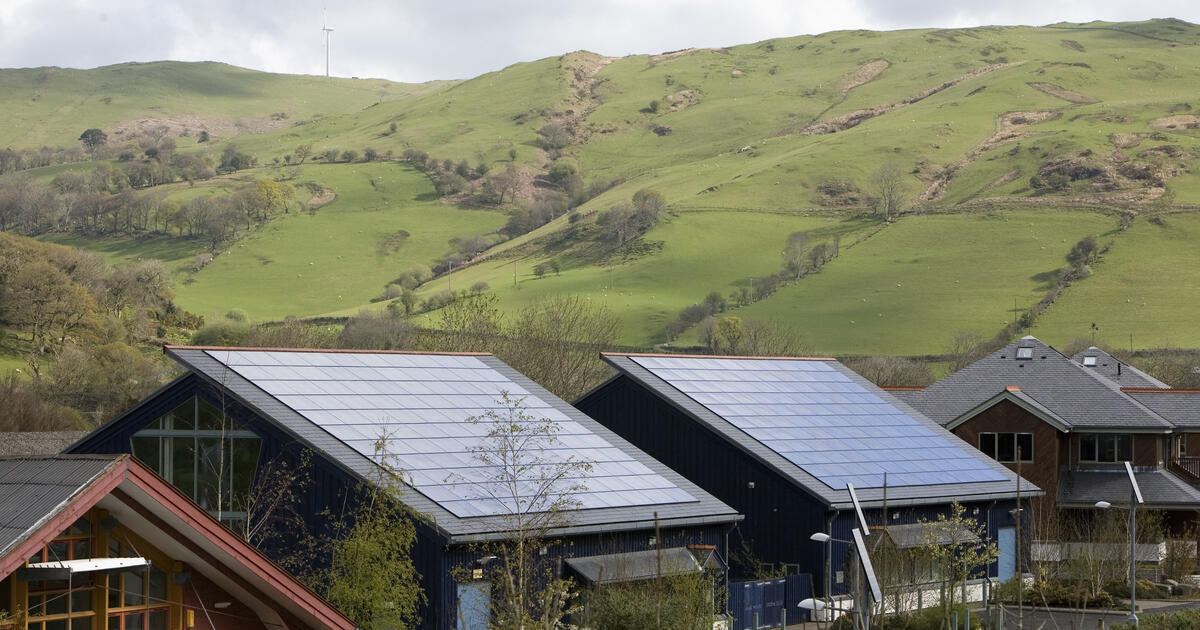
Two separate consultations have been launched on how inflation is adjusted annually for the Renewables Obligation (RO) and the Feed-In Tariff (FiT) schemes by the UK government’s Department for Energy, Security and Net Zero (DESNZ).
The RO has incentivised UK renewable electricity generation since 2002 via a system of tradable ‘Renewables Obligation Certificates’ (ROCs). Although the RO scheme closed to new projects completely in 2019, generators will continue to receive payments until they come off it in a decade-long transition period starting in 2027.
Three separate but complementary RO schemes cover the UK. The UK government is responsible for RO legislation in England and Wales, while Holyrood and Stormont are responsible for the legislation of their respective schemes, all of which come under the administration of regulator Ofgem.
Meanwhile the FiT scheme ran between 2010 and 2019 to support small scale electricity generation (up to 5 MW), with a view to helping organisations, businesses, communities and individuals via solar PV, onshore wind, hydropower, anaerobic digestion, and microcombined heat and power (less than 2 kW). It provides fixed payments for the electricity they generate and export to the grid, with support continuing to be provided to generators until 2043.
But as part of a UK-wide drive to cut energy bills for consumers, DESNZ is running consultations into how to decrease costs of both schemes – including shifting how inflation increases are calculated by using the consumer prices index (CPI) instead of the retail prices index (RPI).
Ronan Lambe, a renewable energy expert at Pinsent Masons, explained this change could undermine confidence in the schemes from both consumers and energy generators.
“The changes under consultation are likely to be seen by the developer and investor community as a moving of the goalposts by the government,” he said.
“If implemented, the changes would have significant impact on the economics of existing projects, not just a reduction in the value of FiT or ROC revenue. Many projects will have ongoing operating expenses, the cost of which is indexed in accordance with RPI. If project revenues no longer attract RPI indexation, there’s an immediate mismatch between operating expenses and project revenues.
“While reducing electricity bills for industry and domestic consumers is a laudable aim, it shouldn’t come at the cost of reducing confidence in the UK as a destination for key energy investments.”
CPI has been used since 2003 as the official way to measure inflation, tracking the change in costs of goods and services annually, and tracks the prices of items in a representative shopping basket of household items. RPI, however, uses a different formula to calculate inflation rates, and also includes household costs such as council tax or mortgage repayments, which means it usually tracks higher than CPI figures.
A move to using the CPI for the ventures would bring them into line with other schemes, such as the government’s Green Gas Support Scheme.
Martin McGuinness, an energy expert at Pinsent Masons, said any potential switch to the previous agreed terms for either or both schemes could have longer term repercussions.
He added: “Although these consultations are not too much of a surprise following the focus on reducing bills and the terms of the recent Green Gas Support Scheme, it remains to be seen whether generators and their backers will accept this shift without putting markers down, whether in terms of strongly worded consultation responses or even legal challenges.
“Any adverse impact on forecasted revenues could be difficult to forget among the generator and investor communities.”
The RO consultation runs until 28 November, with the FiT one open until 12 December.
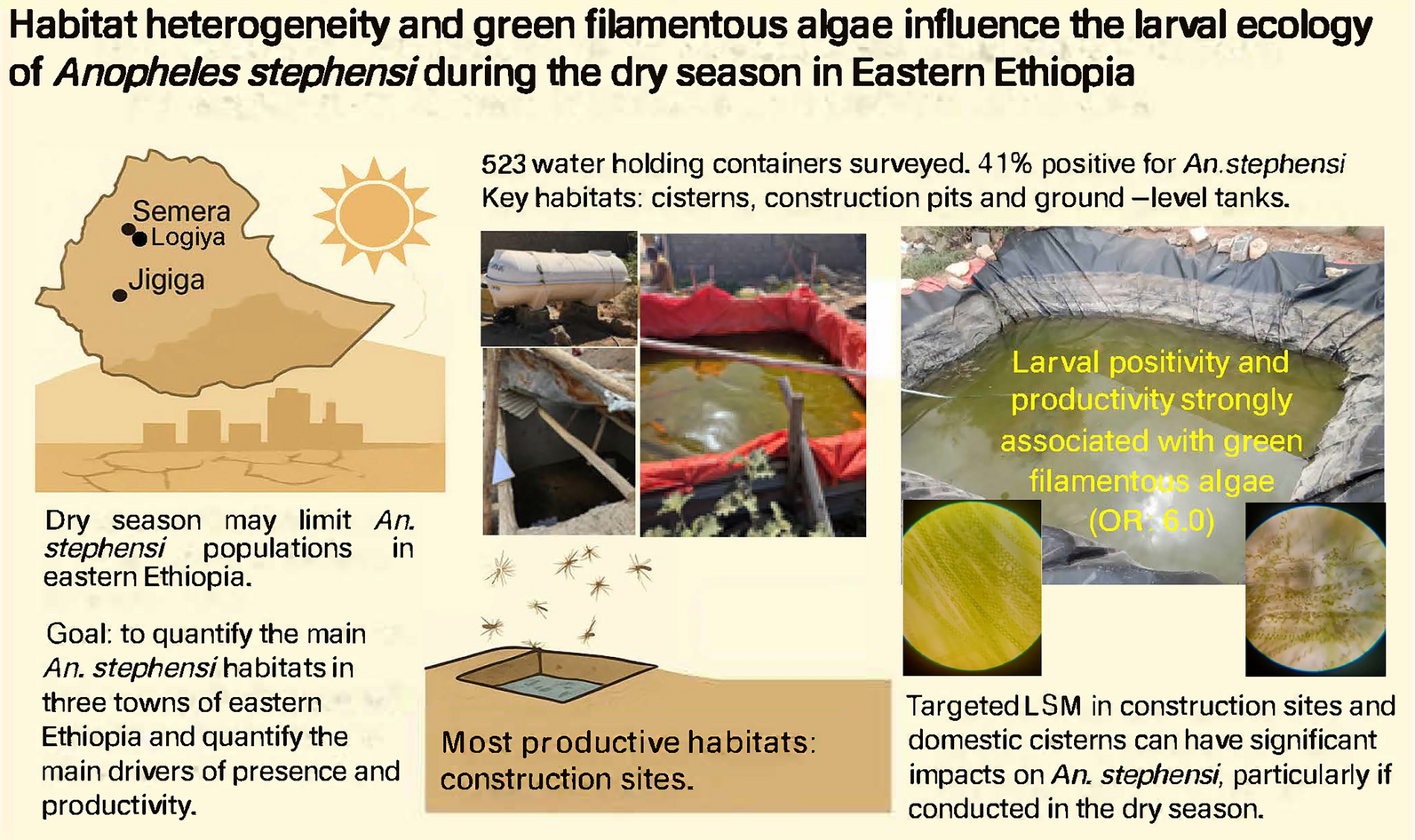
This study was conducted in three Ethiopian urban centers: Semera, Logiya and Jigjiga (Fig. 1). All three of these towns are experiencing rapid growth due to political stability and economic opportunities. Semera (11°7′94″N,…

A court in Singapore has charged a man who grabbed Ariana Grande at a premiere of Wicked: For Good on Thursday night with being a public nuisance.
Video footage shows Johnson Wen jumping over a barricade at Universal Studios Singapore and rushing…